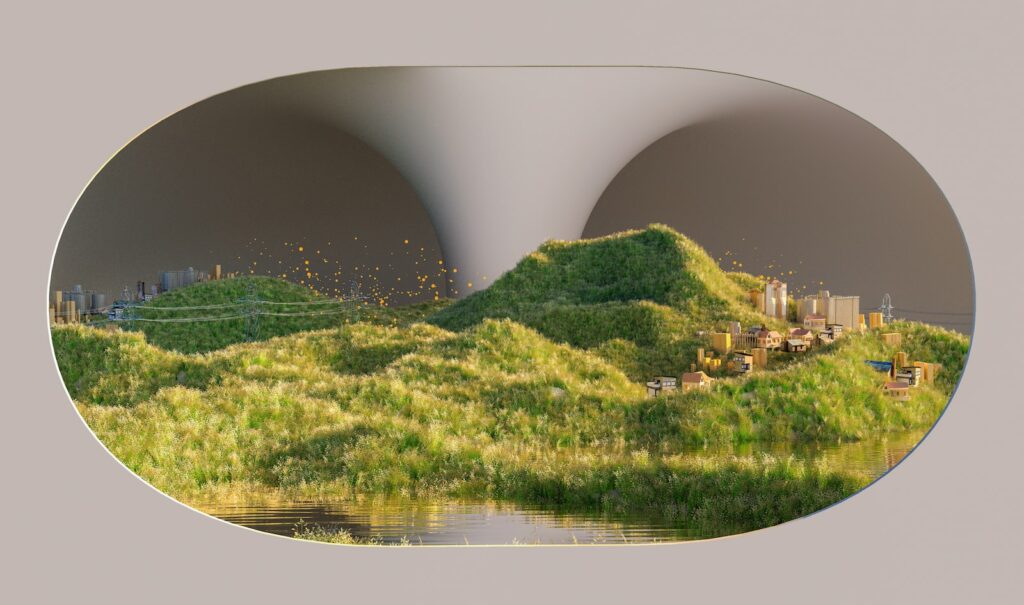Anyone that has been following our blog over the past several months could not help but notice how many stories we have covered about artificial intelligence.

After all, AI and generative platforms are seen by many people as the future of not only photography but marketing and many other fields
And some of the more traditional companies have gotten in on the action with stock photo archives promising their own take on the AI generative phenomenon.
But it seems like one famous stock photo company thinks that an AI image generator couldn’t have done it without them. Perhaps that is why Getty Images is suing Stable Diffusion’s maker Stability AI for $1.8 trillion, PetaPixel reports.
You read that correctly: $1.8 trillion. A staggering sum by any measure, the math seems to be tied to a $150,000 per infringement tally that wooden compass much of Getty Images archive.
Getty claims that Stability Diffusion has ripped off its IP in the process of developing its image synthesizer which creates pictures after looking at millions of other real photographs and artworks in order to figure out how to associate certain words and concepts with specific depictions in media. The result is either a genius or a complete mess. Either way, the point that Getty is making is that the AI cannot possibly do what it is doing without having first trained itself using Getty’s extensive image archive, among others, it is implied.
Does Getty have any hope whatsoever of receiving the $1.8 trillion in copyright infringement fines?
The obvious answer to this would be “no” but that also wouldn’t be the total explanation as to what is going on here.
PetaPixel speculates that Getty would be willing to negotiate for a lower settlement amount while others believe that Getty is engaging in a punitive action meant to chill the market for generative AI created in this fashion. In other words, if other generative platforms have used Gettys images to get where they are, Getty will find out and do the same to them.
One of the more glaring proofs cited by Getty in its case against Stable Diffusion is the fact that its watermark appears in some of the output created by the AI platform. For many, that’s prima facie evidence that something is amiss.
What makes this case particularly interesting is that it is one of the first in the generative AI platform category and could help establish a president for future cases to come.
Meet us in the comments and tell us any thoughts you might have on AI and generative photography platforms.
Check out some of our other photography news stories at this link.




